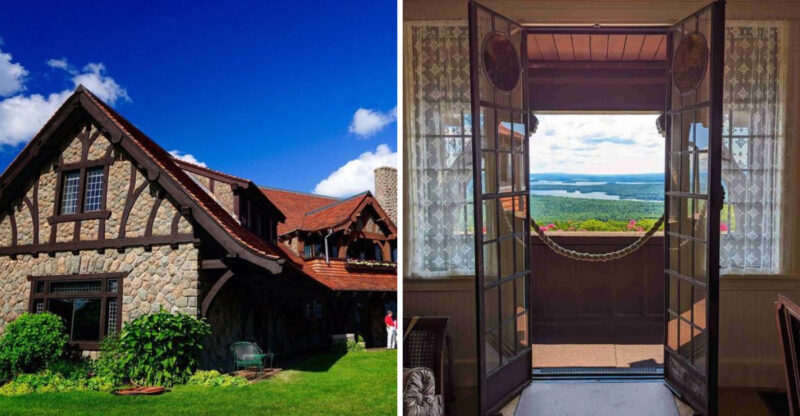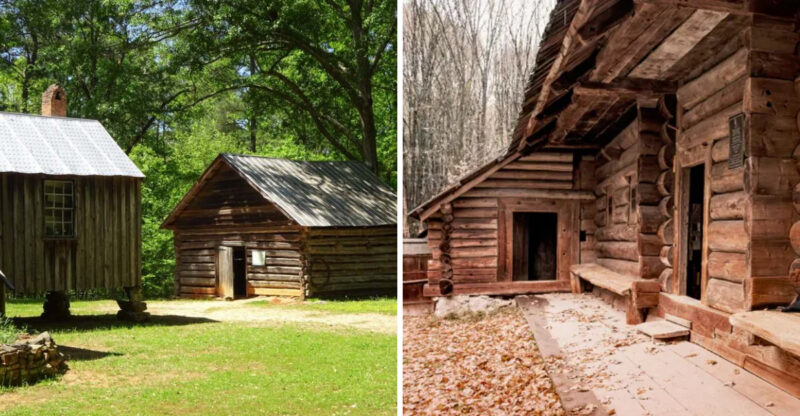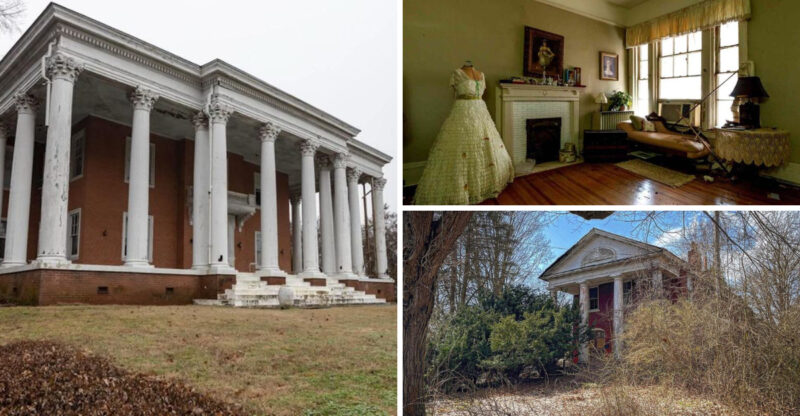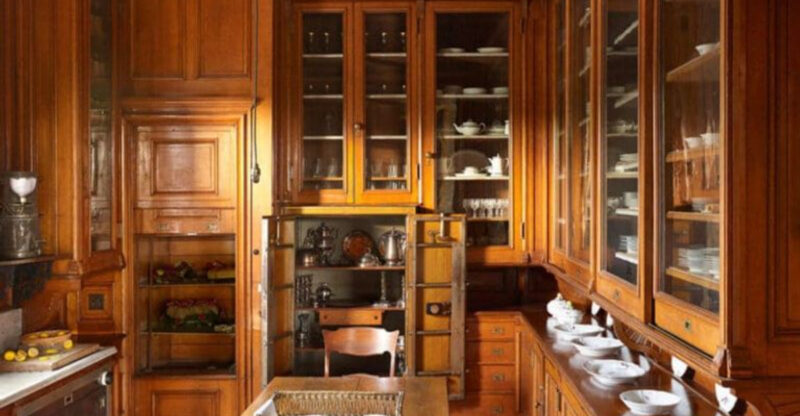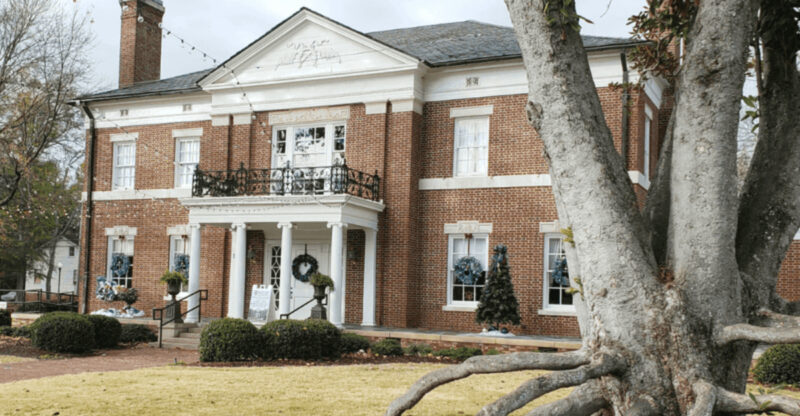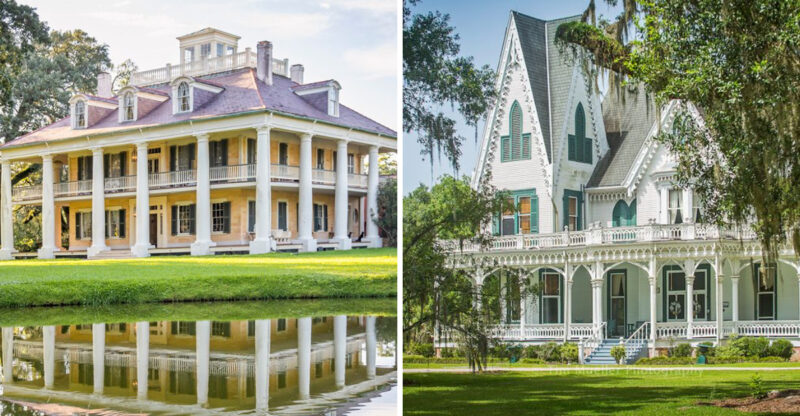The Dallidet Adobe In San Luis Obispo Preserves California’s Early Rancho Elegance
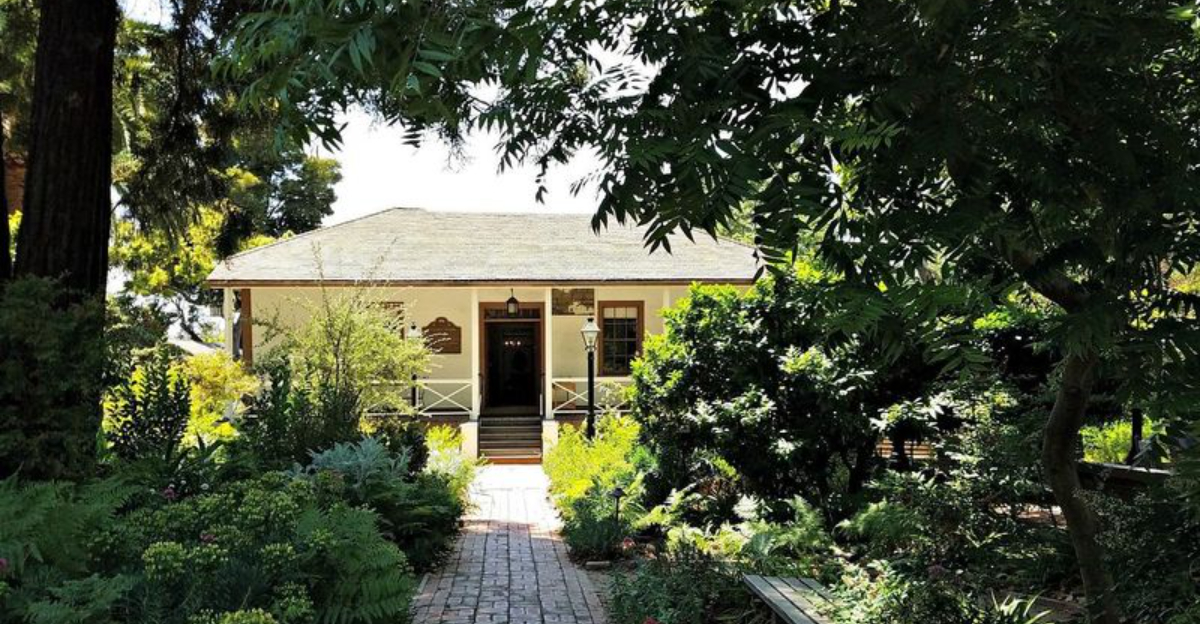
Nestled in the heart of San Luis Obispo sits a remarkable piece of California history. The Dallidet Adobe stands as a living monument to the region’s vibrant rancho era, when Spanish and Mexican influences shaped the landscape.
Built in the 1850s, this historic home offers visitors a rare glimpse into early California life with its authentic architecture and carefully preserved grounds.
1. Historical Background Of The Dallidet Adobe
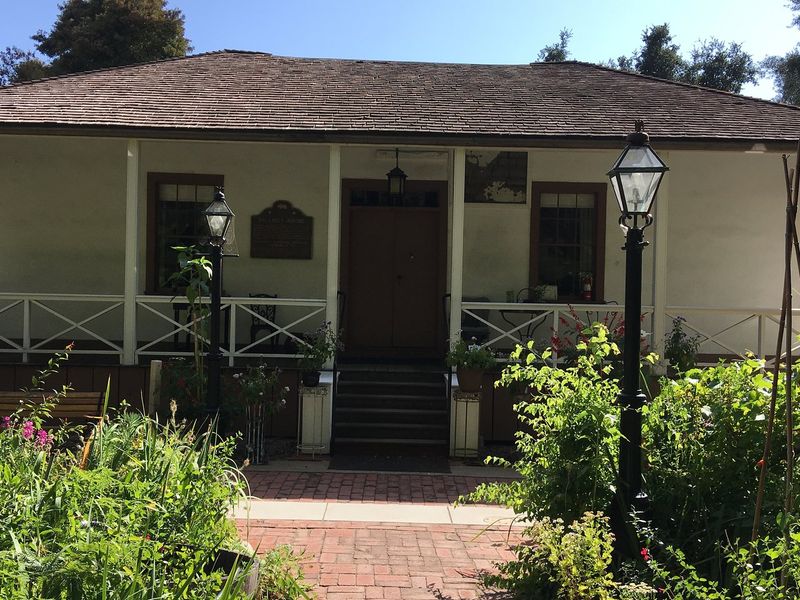
French immigrant Pierre Dallidet purchased this property in 1856, transforming it into a successful vineyard and homestead. The enterprising settler became San Luis Obispo’s first commercial winemaker.
Dallidet Adobe remained in family hands until 1953 when Pierre’s son Paul donated it to the County Historical Society. This generous gift ensured the preservation of one of California’s most authentic examples of early rancho life.
2. Architectural Features And Rancho Style Elegance
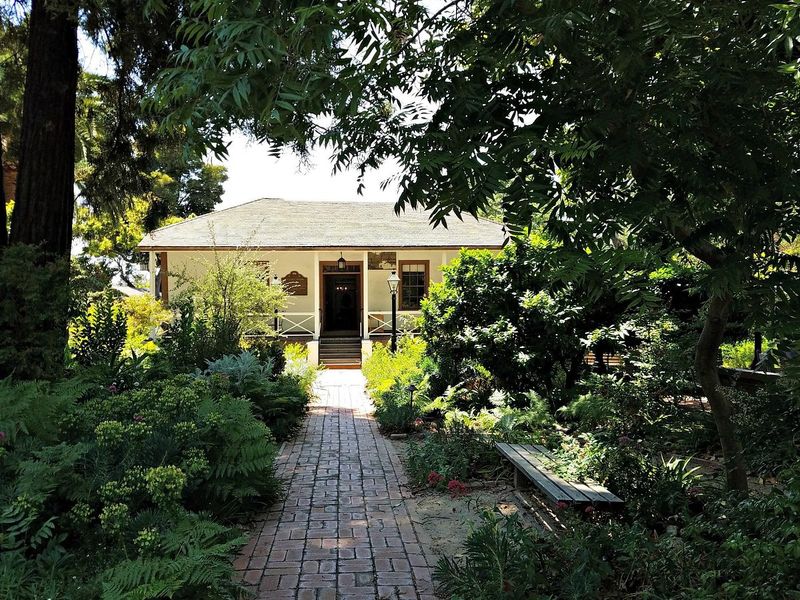
Thick adobe walls crafted from mud, straw, and water create natural insulation that keeps interiors cool during scorching summers and warm in winter months. These practical building techniques showcase early Californians’ ingenuity.
The home features traditional Spanish-Mexican architectural elements including a pitched roof, wooden beams, and a graceful veranda. Hand-hewn timbers and locally-sourced materials demonstrate the resourcefulness required of early settlers adapting European building styles to California’s unique environment.
3. Interior Design And Furnishings
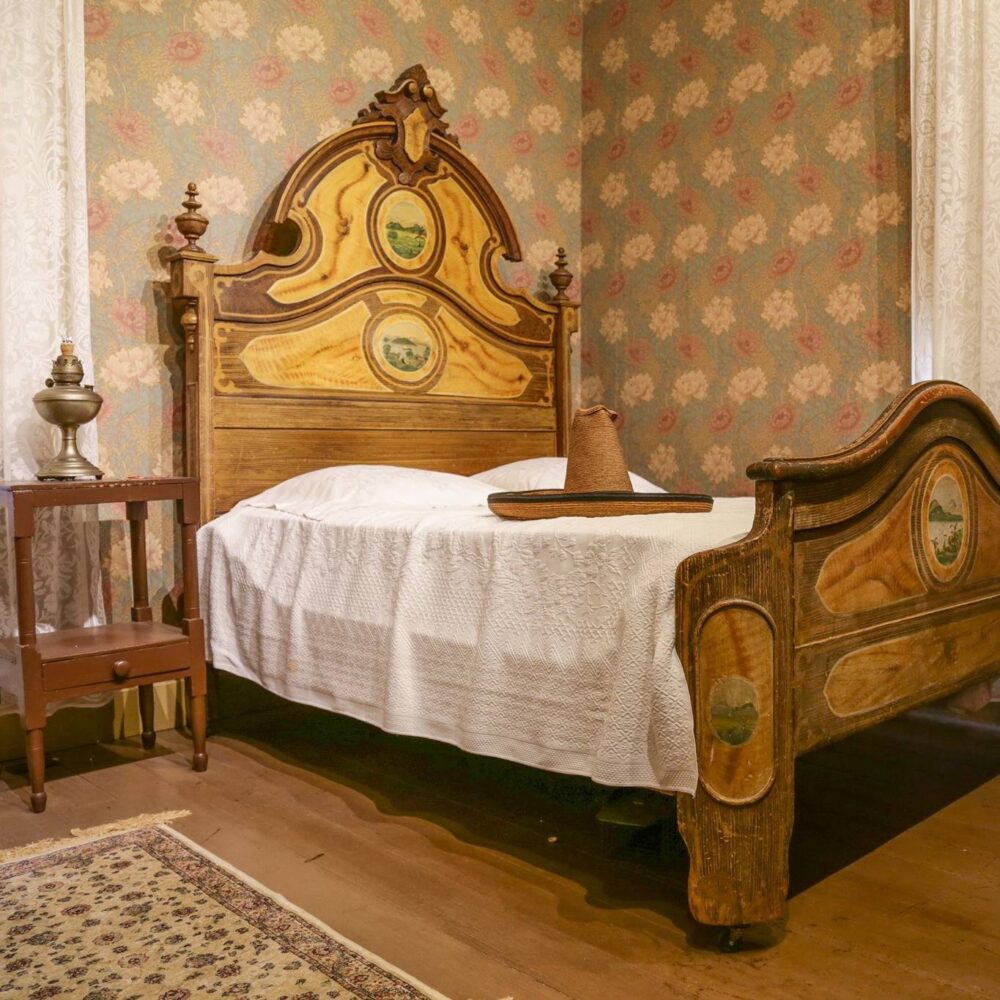
Step inside and journey back to the 1860s through meticulously arranged period furnishings. Antique beds, handcrafted tables, and ornate chairs transport visitors to California’s formative years.
Family heirlooms displayed throughout the home include delicate china, vintage photographs, and personal artifacts. The Dallidet Adobe’s interior collection offers an intimate look at daily life during the transition from Mexican territory to American statehood, revealing how cultural influences blended in this pivotal era.
4. Gardens And Historic Grounds
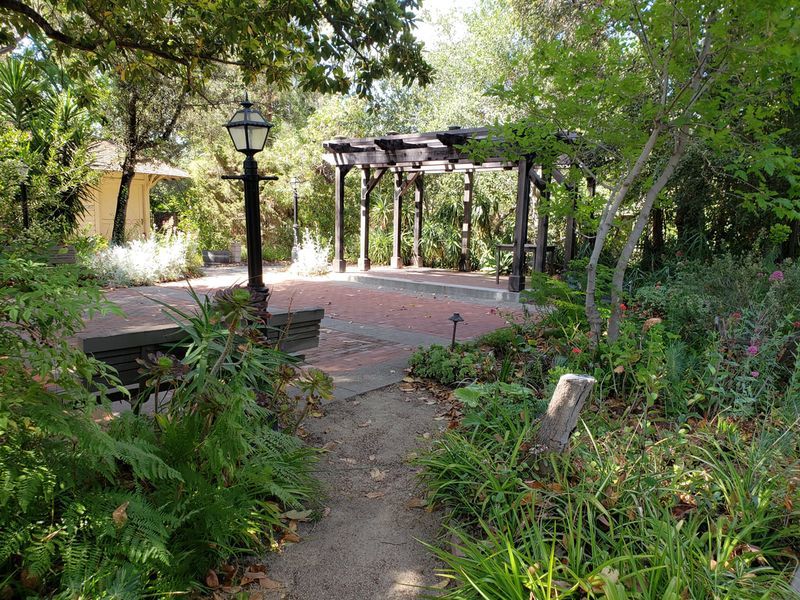
Wandering through lush gardens surrounding this historic property reveals Pierre’s horticultural legacy. Rare heritage roses, drought-resistant Mediterranean plants, and century-old trees create a living museum of California’s botanical history.
The original vineyard area hints at the property’s winemaking past. Carefully maintained pathways wind through garden rooms that showcase native plants alongside exotic species introduced by early settlers, offering visitors both beauty and education about sustainable gardening practices dating back generations.
5. Preservation Efforts And Public Access
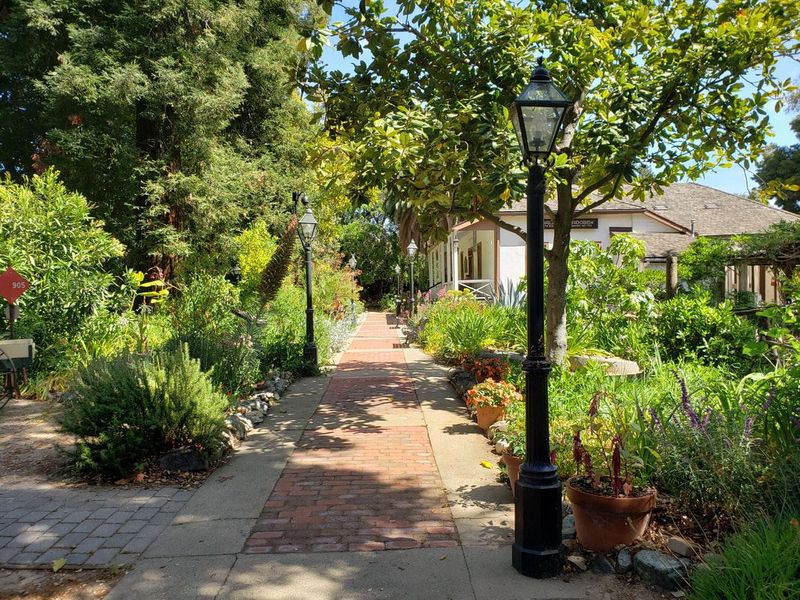
Ongoing conservation work by dedicated volunteers ensures this architectural gem remains intact for future generations. Meticulous restoration projects have addressed everything from structural reinforcements to period-appropriate paint colors.
The Dallidet Adobe welcomes visitors for guided tours that highlight its historical significance. Special events throughout the year, including heritage gardening workshops and living history demonstrations, connect modern San Luis Obispo residents with their community’s rich past while funding continued preservation efforts.
6. Cultural Significance In San Luis Obispo
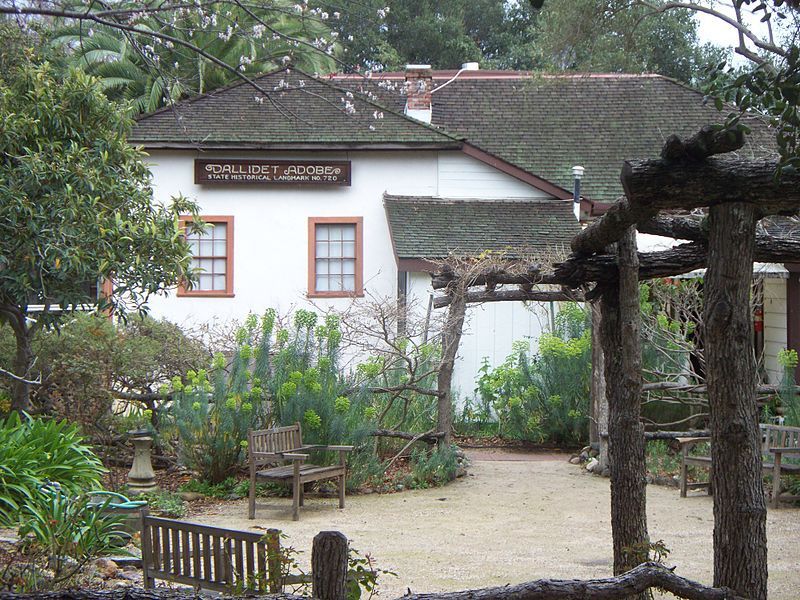
Beyond beautiful architecture lies a profound story of California’s multicultural foundations. The adobe represents the blending of Native American building techniques with Spanish, Mexican, and European influences that created California’s unique cultural identity.
Local schoolchildren regularly visit to connect with their community’s heritage. As one of the few remaining structures from San Luis Obispo’s rancho period, the Dallidet Adobe serves as an irreplaceable educational resource that brings textbook history vividly to life through authentic experiences.

